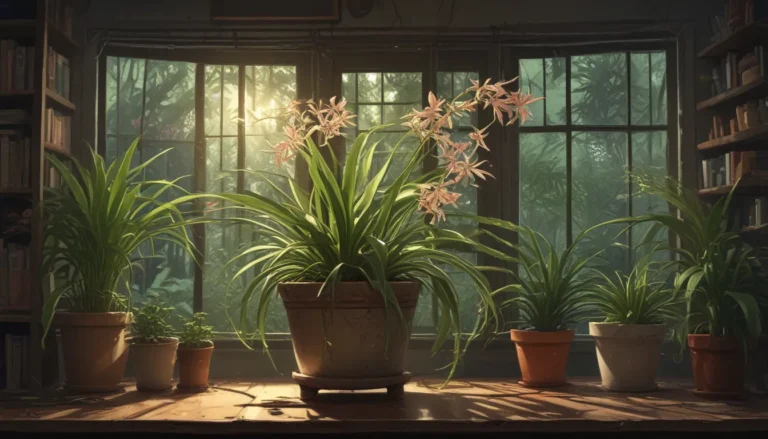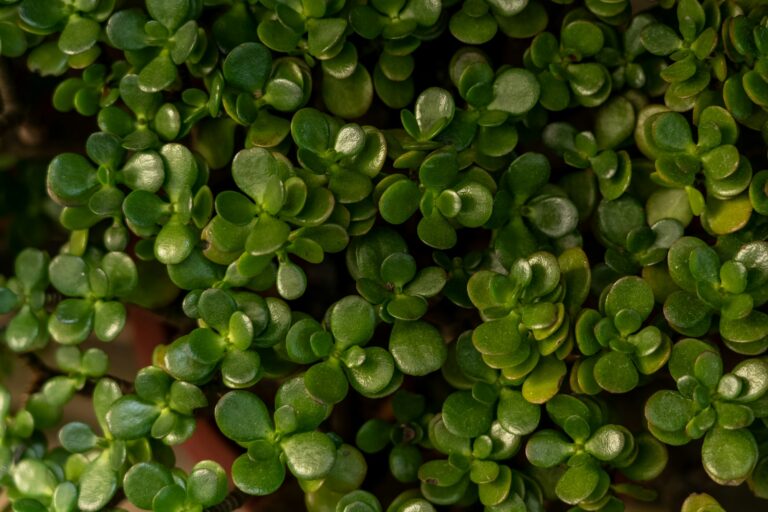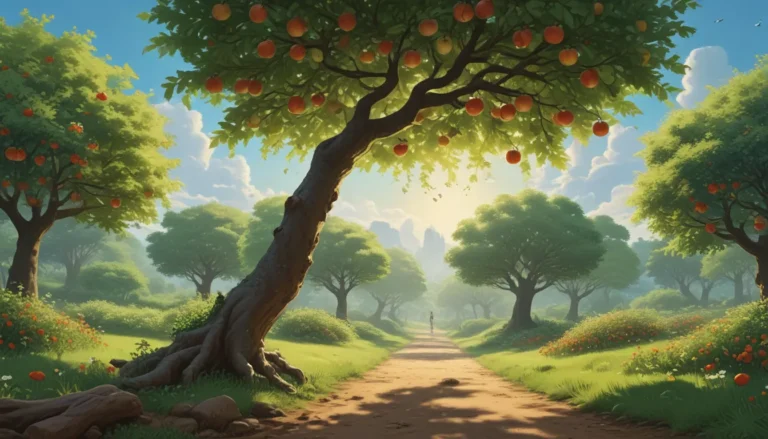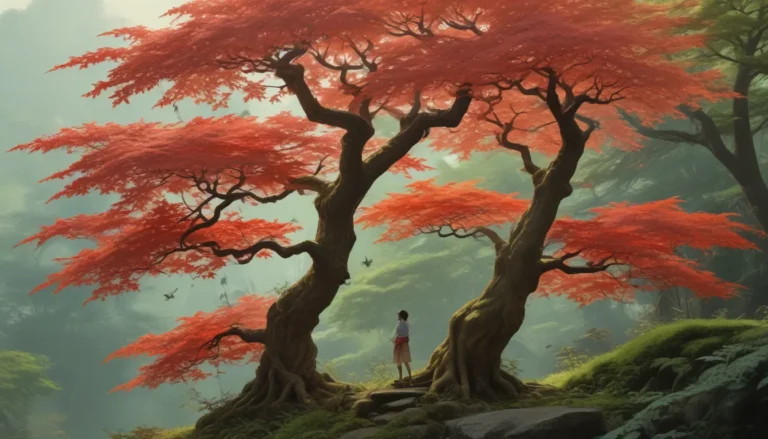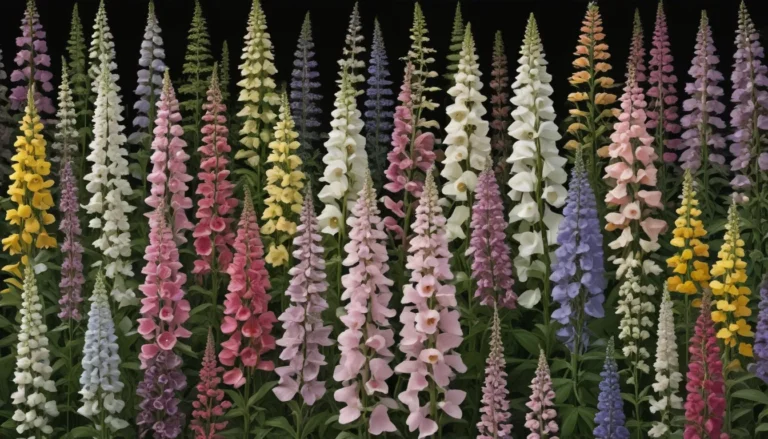A Comprehensive Guide to Growing and Caring for Amsonia (Blue Star) Flowers

Are you a fan of fantasy worlds and magical settings like I am? If so, you’re going to love Amsonia, also known as blue star. This native perennial plant adds a touch of whimsy to any garden with its tall, spindly stems and beautiful periwinkle flowers. In this in-depth guide, we’ll explore everything you need to know about growing and caring for Amsonia. So let’s dive in!
What Is Amsonia?
Amsonia, or blue star, is a native perennial plant that grows upright in tight clumps. With about 20 different species in the Amsonia genus, the most common cultivated species is A. tabernaemontana. This plant typically grows to about three feet in height, but can reach four feet under optimal conditions. The thin stems of Amsonia support a cluster of star-shaped flowers at the top, which eventually transition into seed pods after blooming.
How to Grow Amsonia
Planting
Amsonia thrives in full sun and prefers loamy soil that retains moisture. However, it can adapt to various soil conditions. When planting, make sure to provide plenty of water, about one inch per week, adjusting based on weather conditions. Aim to plant Amsonia where it has space to grow undisturbed, as it does not compete well with more aggressive plantings.
Propagation
Amsonia can be propagated from seeds, cuttings, or division. To propagate from seed, cold stratify them for at least three weeks in the refrigerator before sowing. You can also propagate through layering or division by separating the plant into sections in early spring or fall.
Transplanting
When transplanting Amsonia, be mindful of the sensitive roots and handle with care. Dig a hole slightly wider and deeper than the root ball, and backfill with soil. Remember to water thoroughly after transplanting and provide supplemental watering for the first few weeks, especially in warm and dry conditions.
Growing Tips
- Plant in full sun
- Keep the plant regularly watered
- Avoid over-fertilizing as Amsonia prefers minimal feeding
Maintenance
Amsonia requires minimal maintenance and can be left on its own once established. However, for a tidier look, you can cut back the plant in late fall or mid-spring. Keep an eye out for rust, a common fungal disease that may affect Amsonia during the growing season. Remove any infected foliage to prevent the spread.
Amsonia Species and Cultivars
In addition to the species plants, there are several cultivated varieties of Amsonia available. Some popular options include ‘Blue Ice,’ ‘Starstruck,’ and ‘String Theory.’ Each cultivar offers unique characteristics such as flower color, height, and spread, adding diversity to your garden.
Best Uses for Blue Star Flowers
Amsonia shines when planted in mass clusters, adding soft lushness to your garden. It pairs well with other perennials like heuchera, ornamental grasses, and low shrubs. Consider incorporating Amsonia into naturalized settings, fall foliage displays, or mixed meadows for a visually appealing landscape.
Quick Reference Growing Guide
- Plant Type: Perennial flower
- Bloom Time: Late spring
- Hardiness: USDA Zones 3-9
- Height: 1.5-3 feet
- Spread: 1.5-3 feet
- Water Needs: Moderate
- Tolerance: Poor soil, part sun, some drought
- Soil Type: Loamy, well-draining
- Exposure: Full sun
The Amsonia Ambrosia
Amsonia, or blue star, is a charming addition to any garden with its delicate flowers and easy maintenance. Whether you’re growing it from seed or purchasing plants from a garden center, you’ll enjoy the beauty and versatility of this native perennial. Share your Amsonia growing experiences in the comments and don’t forget to snap some photos to showcase your lovely blue stars!
For more gardening tips and flower recommendations, explore our other guides on self-seeding perennials, native wildflowers, and creating a native wildflower landscape at home. Happy gardening!
